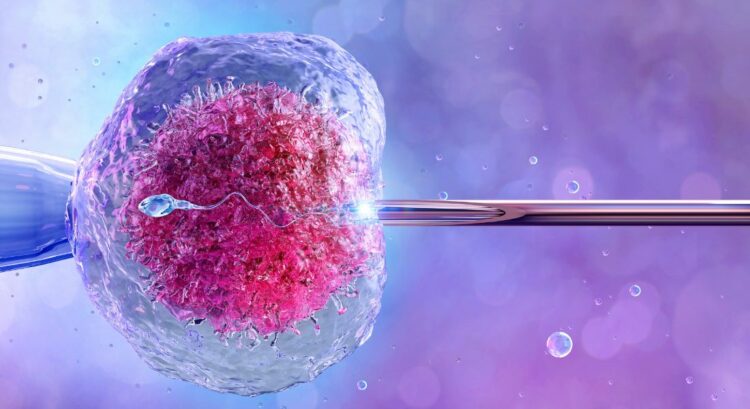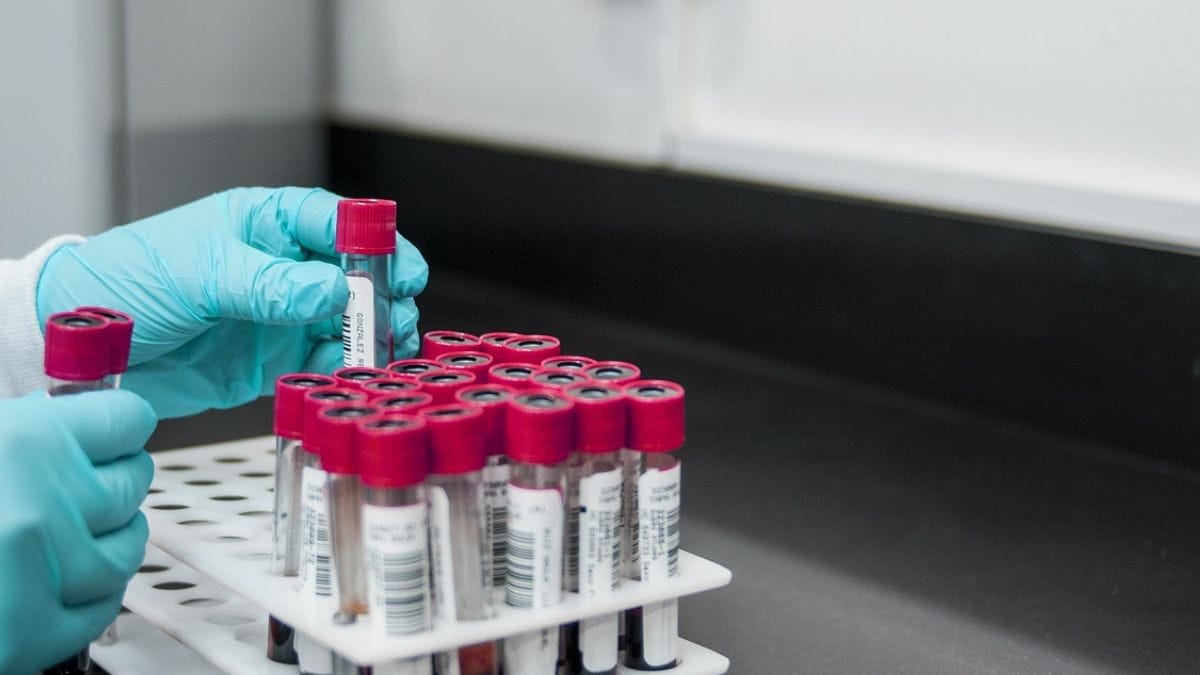
In a recent study published in Nature Genetics , researchers examined nearly 800,000 women's deoxyribonucleic acid (DNA) to explore puberty timing complexities. They identified signals related to menarche timing and investigated their influence on puberty onset. Age at menarche (AAM) is a vital indicator of puberty timing in females, influencing reproductive maturity in association with health concerns such as cardiovascular diseases, diabetes, hormone-related malignancies, and obesity.
AAM is polygenic, with 400 genetic loci identified in European populations. It has a high genetic association with puberty timing and obesity among males, with melanocortin-3 receptor (MC3R) as the primary hypothalamic sensor that links nutrition status to pubertal timing. In the present study, researchers investigated genetic variables influencing women's age at menarche and potential linkages between reproductive timing and later-life health outcomes.

To discover independent markers for AAM, the researchers analyzed an extended genome-wide association study (GWAS) of 799,845 females, among whom 166,890 were East Asian. They also conducted an extensive study of uncommon variations in pubertal timing among 222,283 females using exome sequencing data. The researchers conducted GWAS meta-analytical research for age at menarche among 799,845 females using data from five strata: ReproGen consortium groups (n=38), the United Kingdom Biobank, the Ovarian Cancer Association Consortium (OCAC), the Bre.















